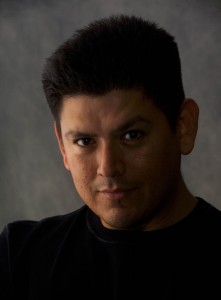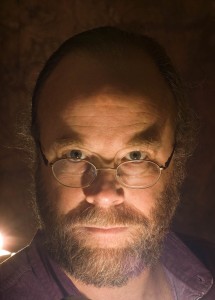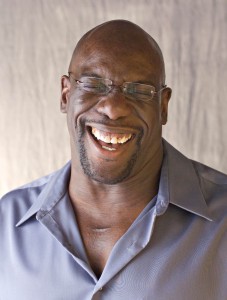I teach lighting courses at BetterPhoto.com. Some days I think I should teach a course in shadowing. Somewhere photographers acquired the idea that shadows are bad. I’m not sure when that happened. The classic Hollywood portraits used dramatic shadows very effectively. Look at the work of George Hurrell . Shadow is an important part of his palette. Shadow creates shape in an image. Part of what makes a good photograph is the sense of three-dimensionality that shadowing creates in an image. You can make shadows strong and hard. These shadows add drama to an image. You can also make soft subtle shadows that bring out the shape of an object. Whether a shadow is soft or hard is really a function of how close your light source is and how big it is. A bigger closer light source is always softer.
I’m not sure how the shadows are bad thing got started. I would guess that it has something to do with the fact that it is more difficult to work with small hard lights than large soft lights. Since a misplaced hard shadow can be really annoying, many people would rather work with soft lights. Not only is it easier, because light position is less critical, but also because a large light is more pleasant for the subject. I think that using just soft light for a portrait is often very dull: soft light doesn’t create much drama. This article is about the differences between hard and soft light and using them together.
I think that the way the manufacturers sell lighting gear has a lot to do with the popularity of large light sources. When I checked at B&H they had hundreds more soft boxes for sale than snoots. There are more types of umbrellas than grid spots. Also umbrellas and soft boxes fit most lights
while snoots, barn doors and grid spots are designed for specific lights. This means that a manufacturer can sell soft light devices to more users than hard light modifiers. So, naturally, the people who build these things will spend more money on advertising soft boxes. This makes people think that they have to have them. Here’s a link to an article about lighting tools, in case some of these terms are unfamiliar.
Don’t get me wrong: I like soft light. I just like to use it with hard light when I can. My favorite tool for making soft light is a light panel . The light panel can be used in many different ways, while the soft box is less flexible.
You can learn a lot more about lighting in my BetterPhoto.com classes: An Introduction to Photographic Lighting, Portrait Lighting on Location and in the Studio and Getting Started in Commercial Photography You might also want to check out my book: Understanding and Controlling Strobe Lighting: A Guide for Digital Photographers. Here’s a sample chapter that discusses portraiture.


